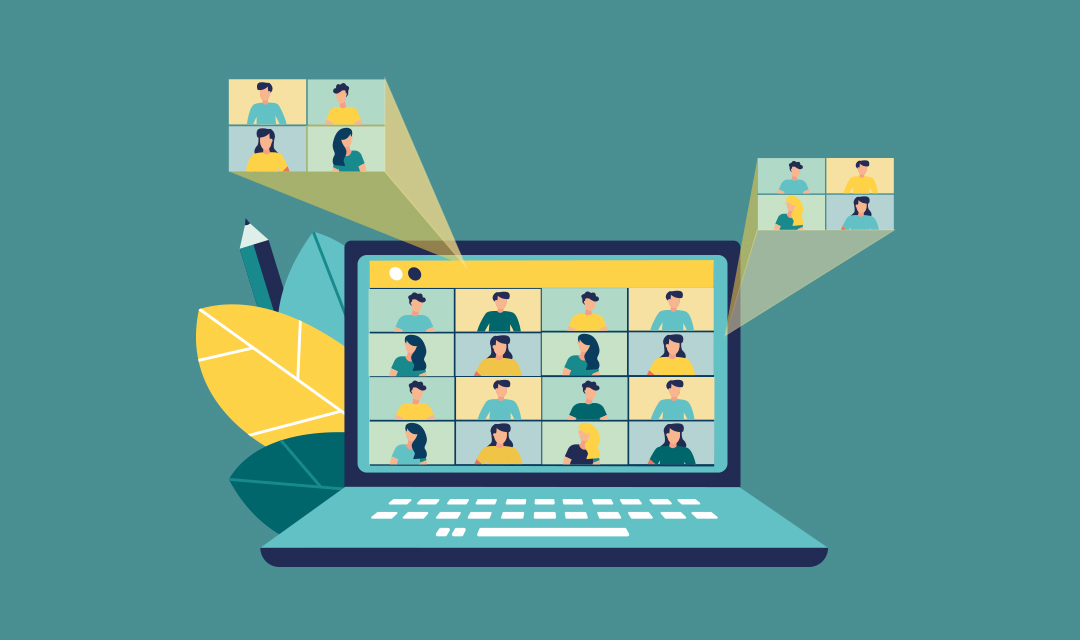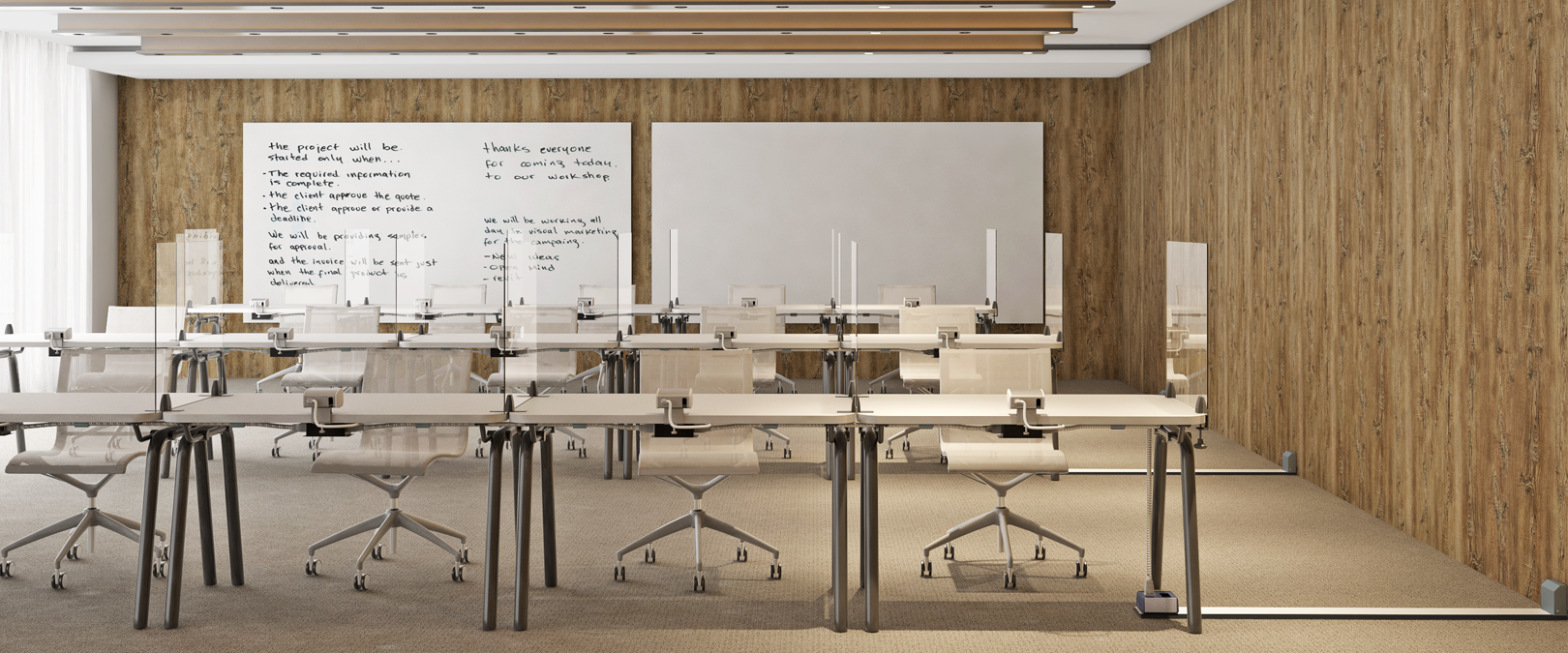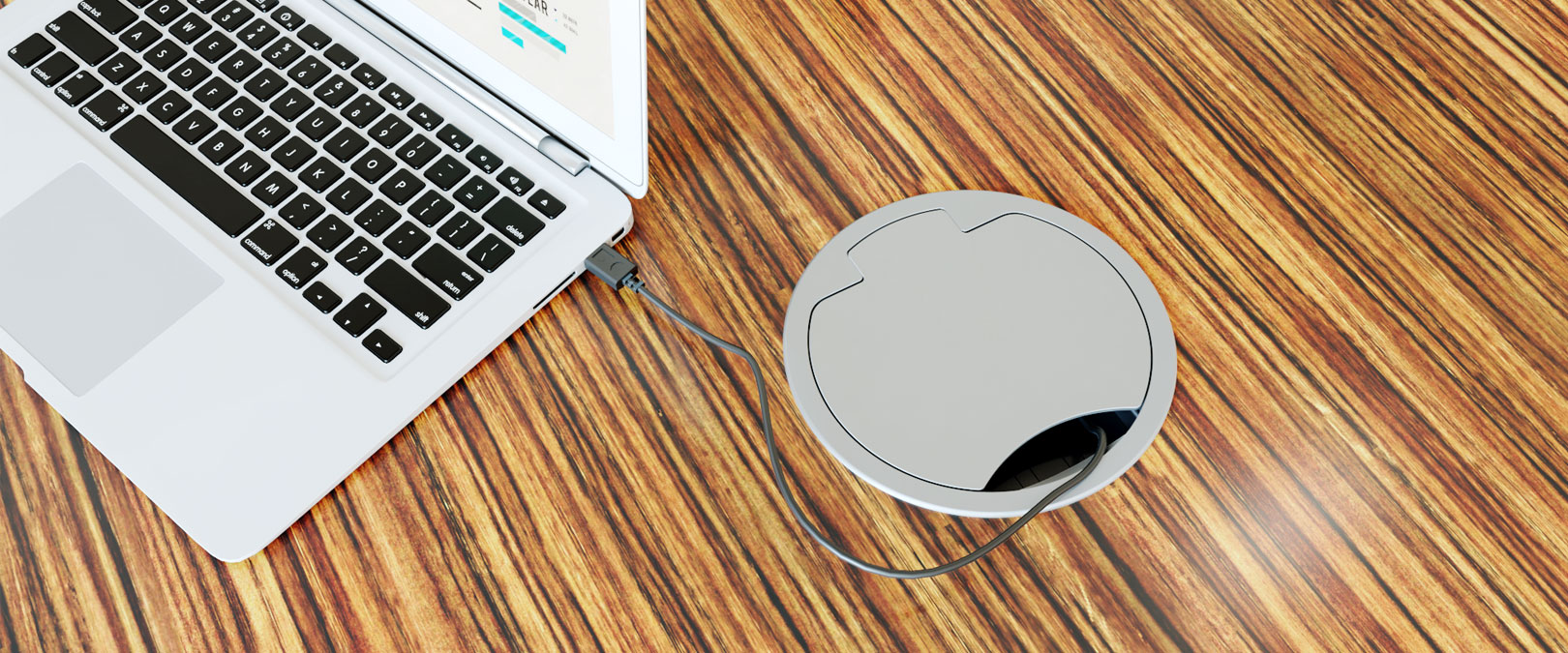
In the realm of education, innovation continually shapes the landscape of teaching and learning. One such innovation that has gained significant traction in recent times is the concept of virtual breakout rooms. In an era where remote and hybrid learning have become increasingly prevalent, educators are constantly seeking effective ways to recreate the collaborative dynamics of traditional classrooms in virtual environments. Enter virtual breakout rooms: dynamic spaces where students can engage in small-group discussions, problem-solving activities, and collaborative projects, all within the confines of a virtual classroom.
These digital breakout rooms serve as microcosms of the physical classroom, fostering interaction, participation, and peer-to-peer learning in an online setting. Much like their physical counterparts, virtual breakout rooms provide students with opportunities to exchange ideas, clarify concepts, and develop critical thinking skills through active engagement with their peers. Whether used for brainstorming sessions, group projects, or peer reviews, these virtual spaces offer a versatile platform for educators to facilitate collaborative learning experiences that transcend the limitations of traditional lecture-style teaching.
But What Exactly Are Virtual Breakout Rooms?
Imagine a classroom transformed into a series of smaller, intimate settings, each tailored to accommodate a select group of students. In these breakout rooms, participants have the freedom to engage in focused discussions, collaborate on assignments, and explore complex concepts under the guidance of their instructor. With features like screen sharing, chat functionality, and collaborative whiteboards, students can seamlessly collaborate on tasks, share resources, and actively contribute to the learning process from the comfort of their own devices.
Moreover, virtual breakout rooms offer educators the flexibility to differentiate instruction, cater to diverse learning styles, and provide personalized support to students as needed. By strategically assigning students to breakout groups based on their interests, abilities, or learning objectives, instructors can create tailored learning experiences that promote inclusivity and cater to individual needs. Whether used for peer-to-peer tutoring, group problem-solving activities, or interactive simulations, virtual breakout rooms empower educators to adapt their teaching methods to suit the unique needs and preferences of their students.
Tips to Make Your Virtual Breakout Rooms Successful
Define Clear Objectives: Before diving into virtual breakout room activities, it's crucial to establish clear learning objectives. Define the specific goals you aim to achieve through breakout sessions, whether it's fostering collaboration, reinforcing concepts, or promoting critical thinking. By aligning breakout room activities with your lesson objectives, you can ensure that each session serves a meaningful purpose in enhancing student learning outcomes.
Strategically Assigning Participants: Consider the composition of each breakout room carefully. Aim for diverse groups that balance skill levels, learning styles, and personalities to promote productive collaboration. Take into account factors such as students' strengths, interests, and prior knowledge when assigning group members. By strategically curating breakout room groups, you can create environments where students can learn from and support one another effectively.
Provide Structured Guidance: Clarity is key when it comes to setting expectations for breakout room activities. Provide detailed instructions outlining the task at hand, the time frame for completion, and any specific guidelines or expectations. Ensure that students understand their roles within the group and how they can contribute to the collective goal. By offering structured guidance, you can minimize confusion and empower students to engage meaningfully in the breakout room experience.
Foster Active Engagement: As an educator, your role doesn't end when students enter breakout rooms—it evolves. Act as a facilitator by circulating among breakout groups, offering guidance, answering questions, and keeping discussions on track. Encourage active participation by posing thought-provoking questions, prompting deeper exploration of topics, and providing timely feedback. Your presence and support are instrumental in fostering a positive and productive breakout room environment.
Ensure Smooth Functionality: Technical glitches can disrupt the flow of breakout room activities, so it's essential to conduct a thorough technology check beforehand. Test audio, video, and screen-sharing capabilities to ensure that students can communicate effectively within their groups. Provide clear instructions on how to troubleshoot common technical issues and have backup plans in place in case of connectivity problems. By proactively addressing technological concerns, you can minimize disruptions and maintain momentum during breakout room sessions.
Reflection and Feedback: After the conclusion of breakout room activities, take the time to debrief with students to reflect on their experiences. Encourage participants to share insights, challenges, and successes from their group discussions. Use this opportunity to provide constructive feedback, celebrate achievements, and address any areas for improvement. By engaging in reflective debriefing sessions, students can gain valuable insights into their collaborative processes and enhance their skills for future breakout room engagements.
Continuous Improvement: Virtual breakout rooms offer endless possibilities for innovation and refinement. Take the time to reflect on the effectiveness of your breakout room strategies, solicit feedback from students, and iterate on your approaches accordingly. Experiment with different formats, activities, and group dynamics to find what works best for your classroom environment. By embracing a mindset of continuous improvement, you can harness the full potential of virtual breakout rooms to enhance student learning and engagement over time.
Wrapping It All Up
As educators navigate the ever-evolving landscape of virtual education, virtual breakout rooms emerge as powerful tools for fostering collaboration, engagement, and meaningful learning experiences in the digital classroom. By implementing purposeful planning, strategic group assignments, clear instructions, facilitator support, technology checks, reflective debriefing, and a commitment to continuous improvement, educators can effectively harness the potential of virtual breakout rooms to enhance student learning outcomes.
In these dynamic virtual spaces, students have the opportunity to engage in collaborative inquiry, peer-to-peer learning, and creative problem-solving—all while building essential communication, teamwork, and critical thinking skills. Through intentional facilitation and structured guidance, educators can create environments where students feel empowered to contribute, explore, and grow together, transcending the barriers of physical distance and embracing the boundless possibilities of virtual learning.
As we continue to navigate the challenges and opportunities of remote and hybrid education, virtual breakout rooms stand as a testament to the resilience, creativity, and adaptability of educators worldwide. By embracing these innovative pedagogical tools and leveraging technology to facilitate meaningful interactions, educators can cultivate vibrant virtual learning communities where students thrive, collaborate, and succeed in their educational journey. Together, let us embrace the transformative potential of virtual breakout rooms to shape the future of education and empower students to reach new heights of academic excellence and personal growth.





